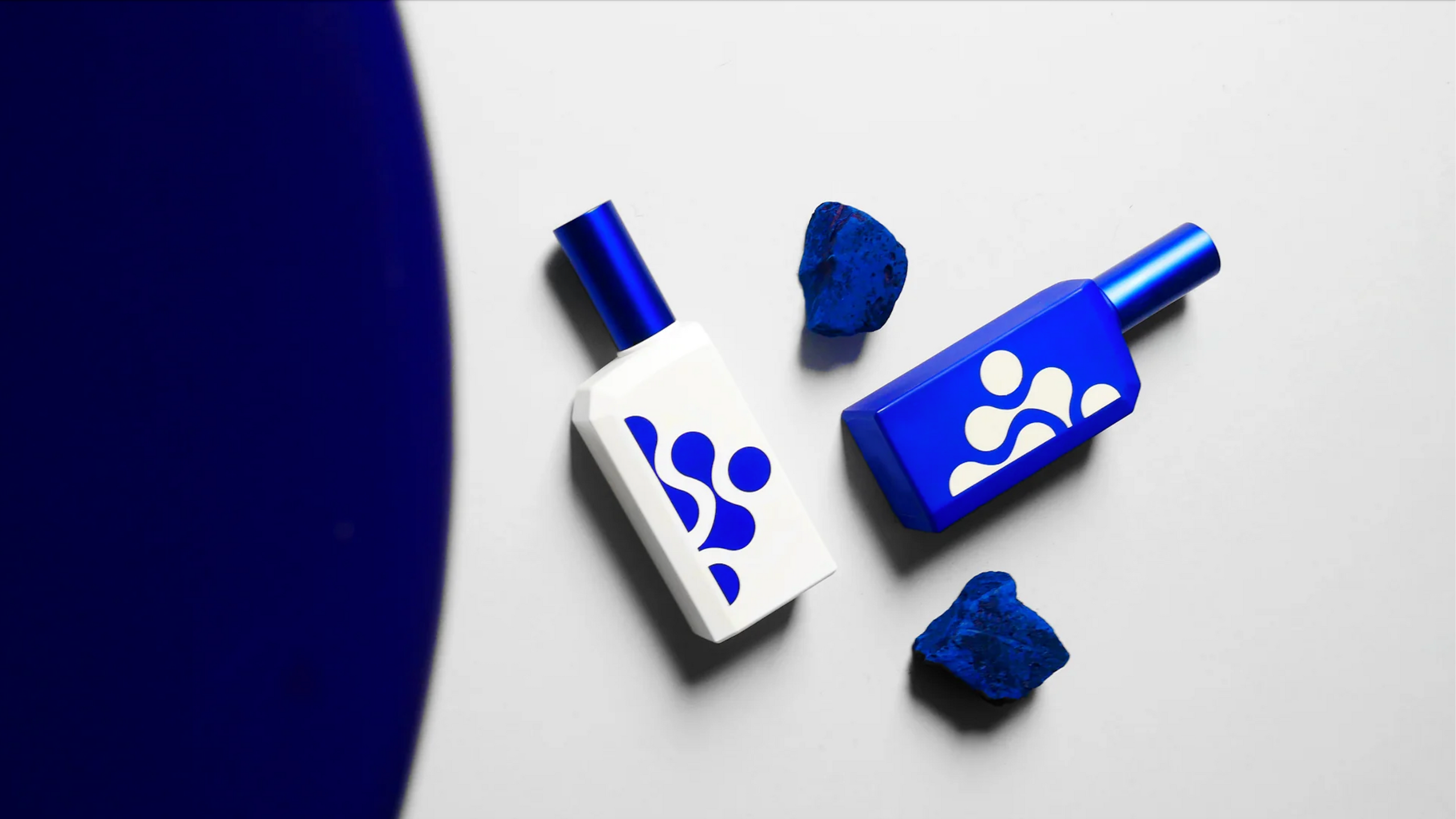
Perfumery: Art, Science, and Legacy
In the world of perfumery, the debate between natural and synthetic fragrances has persisted through the ages. At Histoires de Parfums, we celebrate the harmony and contrast between these two realms with This is Not a Blue Bottle 1/.4 and This is Not a Blue Bottle 1/.5. Each fragrance in this yin-yang pair brings a distinct essence to the art of scent, capturing the purity of nature in one and the creativity of synthesis in the other.

About Perfumery
Perfume, as an art form, has origins stretching back over 4,000 years, with early perfumers mastering the extraction of essential oils and resins. Ancient Egyptians, Sumerians, and early civilizations used these natural extracts in rituals, believing fragrances could connect the earthly to the divine. Over centuries, alchemy evolved into the science of perfumery, perfecting distillation and extraction methods to create powerful unguents and balms worn by both royalty and healers.
The turning point in perfumery arrived in the 19th century, when organic chemistry unlocked the power of synthesis, allowing perfumers to create scents that once existed only in nature. Groundbreaking discoveries, like the synthesis of urea in 1828 and the subsequent development of key aroma chemicals such as vanillin, coumarin, and ambroxide, revolutionized the industry. These advancements broadened the perfumer's palette and allowed for the creation of abstract, conceptual fragrances previously unimaginable.
In contemporary perfumery, a single fragrance may contain hundreds of natural and synthetic materials, each contributing to the complexity and depth that fragrance aficionados appreciate. Despite concerns around synthetics, most regulatory bodies, like the International Fragrance Association (IFRA), ensure safety by setting standards on ingredient use, benefiting both natural and synthetic perfumes alike.
In a world increasingly concerned with transparency, safety, and sustainability, our all-natural 1/.4 and fully synthetic 1/.5 are expressions of responsible craftsmanship. Each represents a commitment to fragrance that respects both tradition and innovation, making them ideal for the discerning connoisseur who seeks both authenticity and creativity in their olfactory journey.

This is Not a Blue Bottle 1/.4 - The Yin: A Natural Journey
This is Not a Blue Bottle 1/.4 is entirely natural, crafted solely from botanical extracts and pure essential oils. Richly sensual and complex, it weaves cool, ethereal davana with the lushness of ylang-ylang and the smoky allure of opoponax. Its ingredients, harvested from the earth, evoke an ancient tradition that connects us with nature’s essence. Inspired by a time when perfumes were both healing and ritualistic, it invites wearers to experience scent as it was in the days of early alchemy—a therapeutic expression that captivates as it heals.
In essence, it is an homage to perfumery's roots, honoring the belief that natural essences can transcend time, carrying their potency and purity to modern-day fragrance enthusiasts. This fragrance is crafted to be as safe as it is natural, meeting the highest industry standards without compromising on quality or essence.

This is Not a Blue Bottle 1/.5 - The Yang: The Art of Synthesis
On the other side of this pairing, This is Not a Blue Bottle 1/.5 represents the synthetic future of fragrance creation. It embodies everything that is daring and innovative in modern perfumery, incorporating unique aldehydes, ozonic notes, and futuristic musks. It conjures an imaginative landscape where fragrance becomes a conceptual art, transporting the wearer to a world of sleek, metallic elegance. This "Yang" is a testament to the achievements of organic chemistry, which has expanded the perfumer’s palette beyond what nature alone could provide.
Thanks to chemists’ dedication, synthetic molecules have brought us closer to elusive, intangible aromas like musk and certain florals, once impossible to capture naturally. They’ve also allowed us to address safety, removing allergens and sensitizing compounds like atranol from oakmoss or furocoumarins from citrus oils.

The Yin and Yang of Fragrance: A Balanced Perspective
Our two scents embody a philosophy of balance. Together, they demonstrate that natural and synthetic materials are not opposed but complementary. Like Yin and Yang, they complete each other. In modern perfumery, synthetics elevate naturals, allowing us to explore bolder, more abstract compositions. At Histoires de Parfums, we believe that both realms—nature’s profound simplicity and science’s transformative artistry—are essential in creating the scents of today and tomorrow.


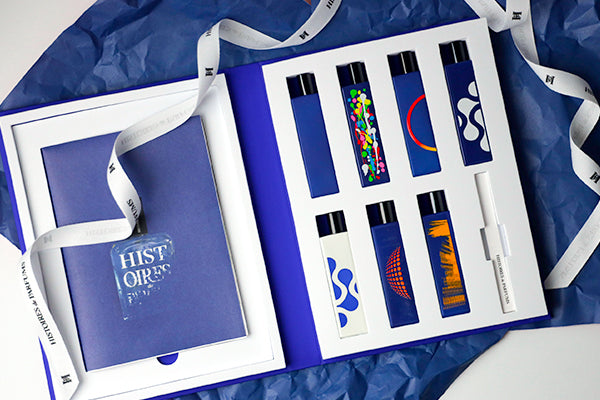
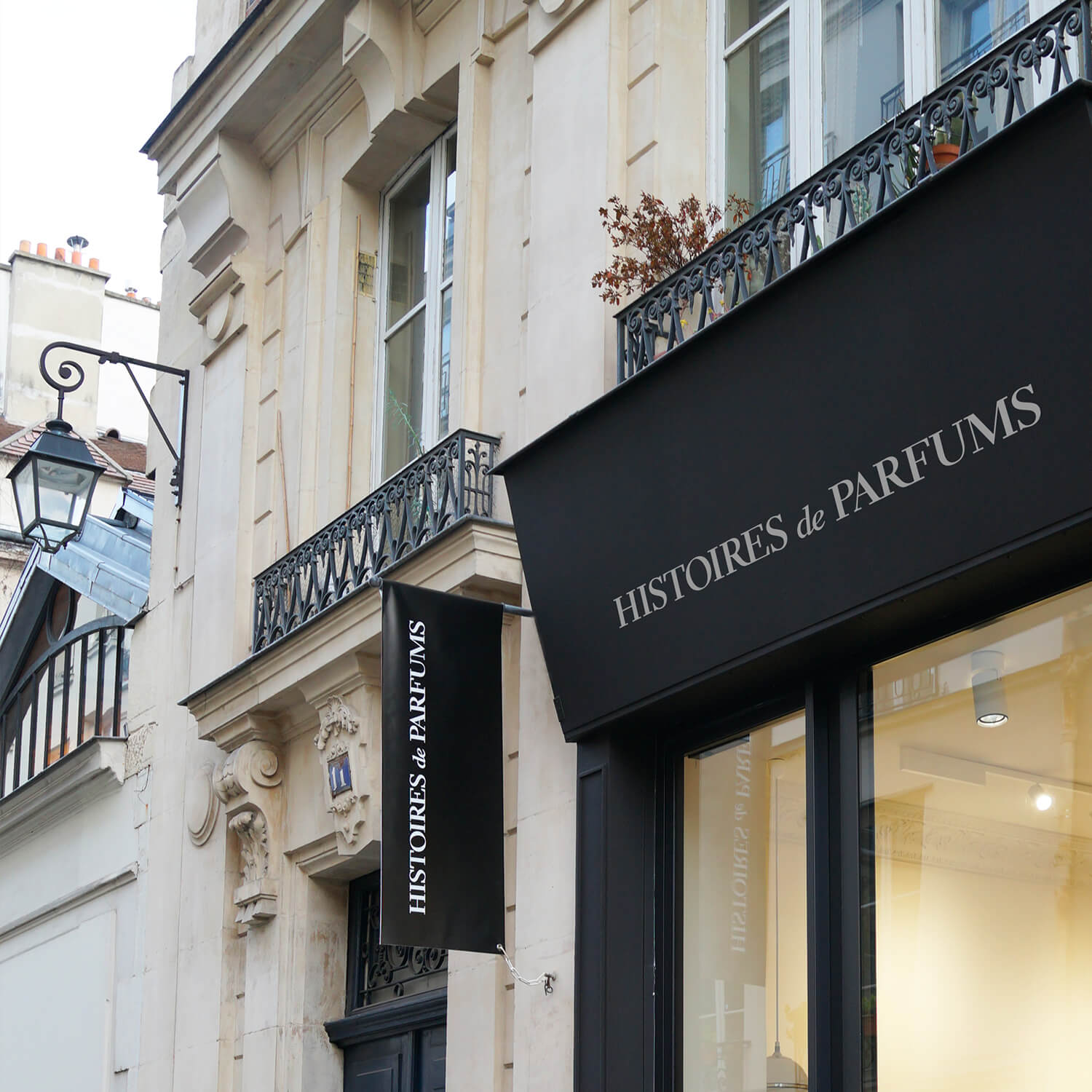
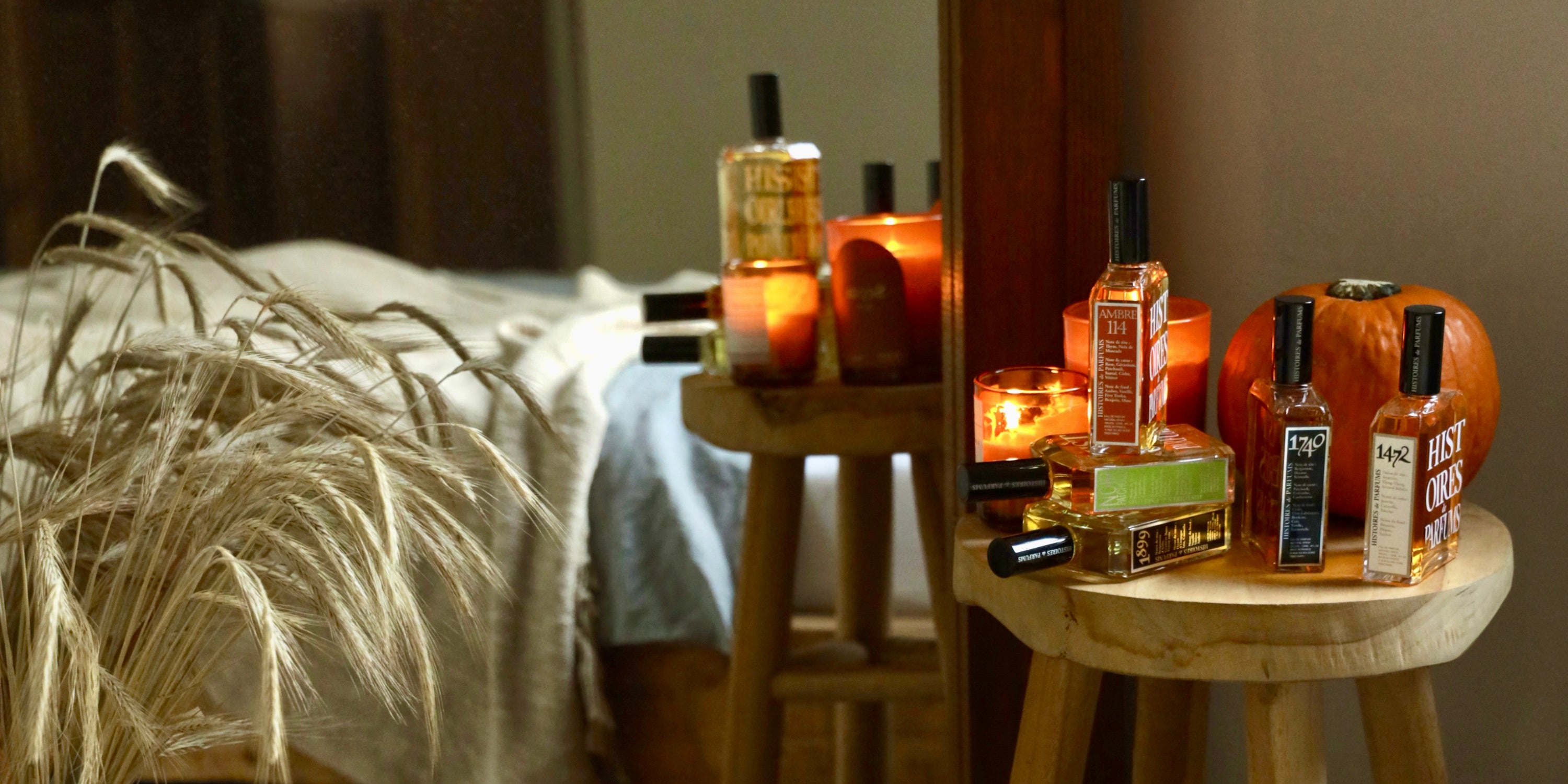
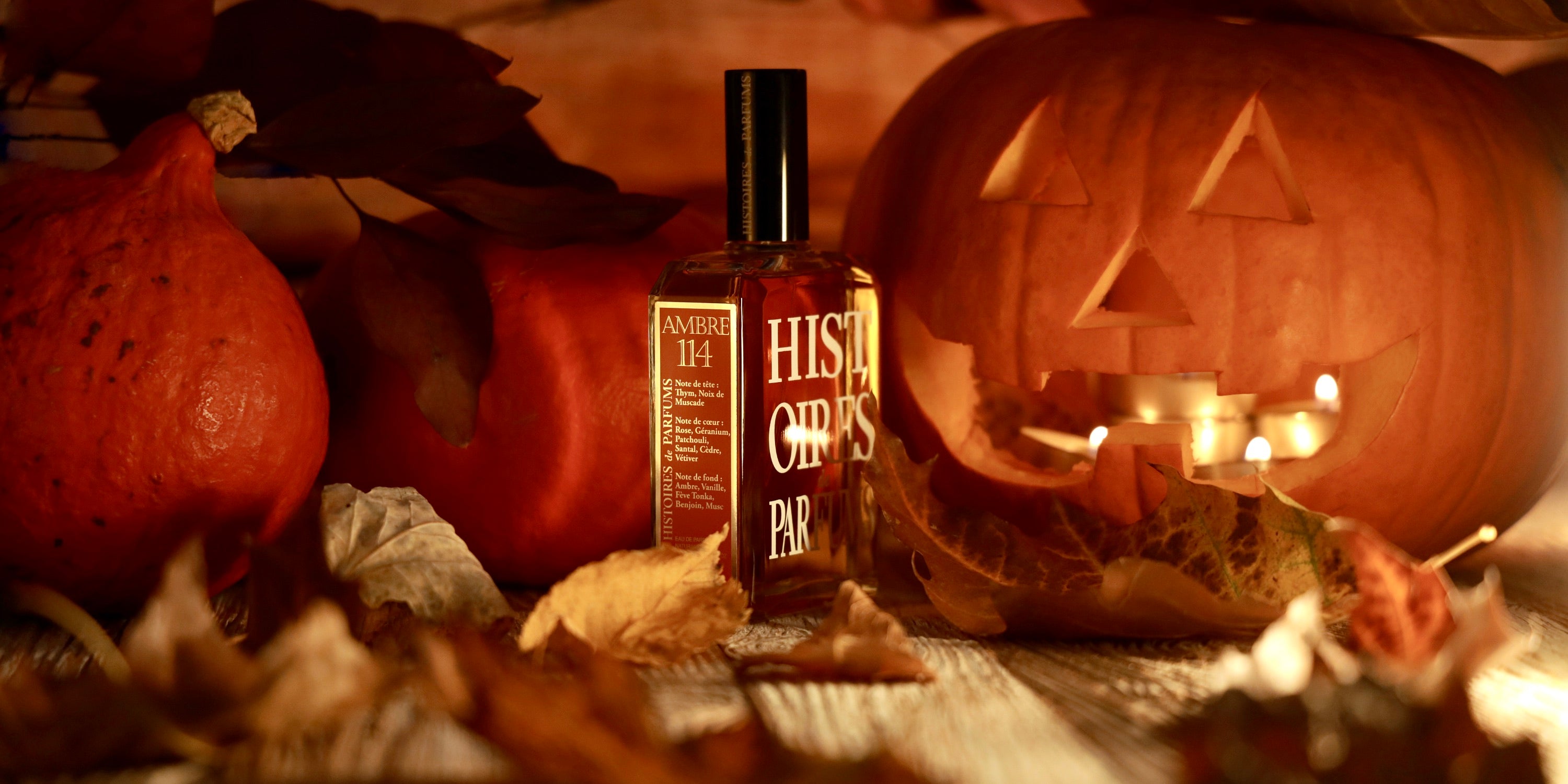


Leave a comment
This site is protected by hCaptcha and the hCaptcha Privacy Policy and Terms of Service apply.